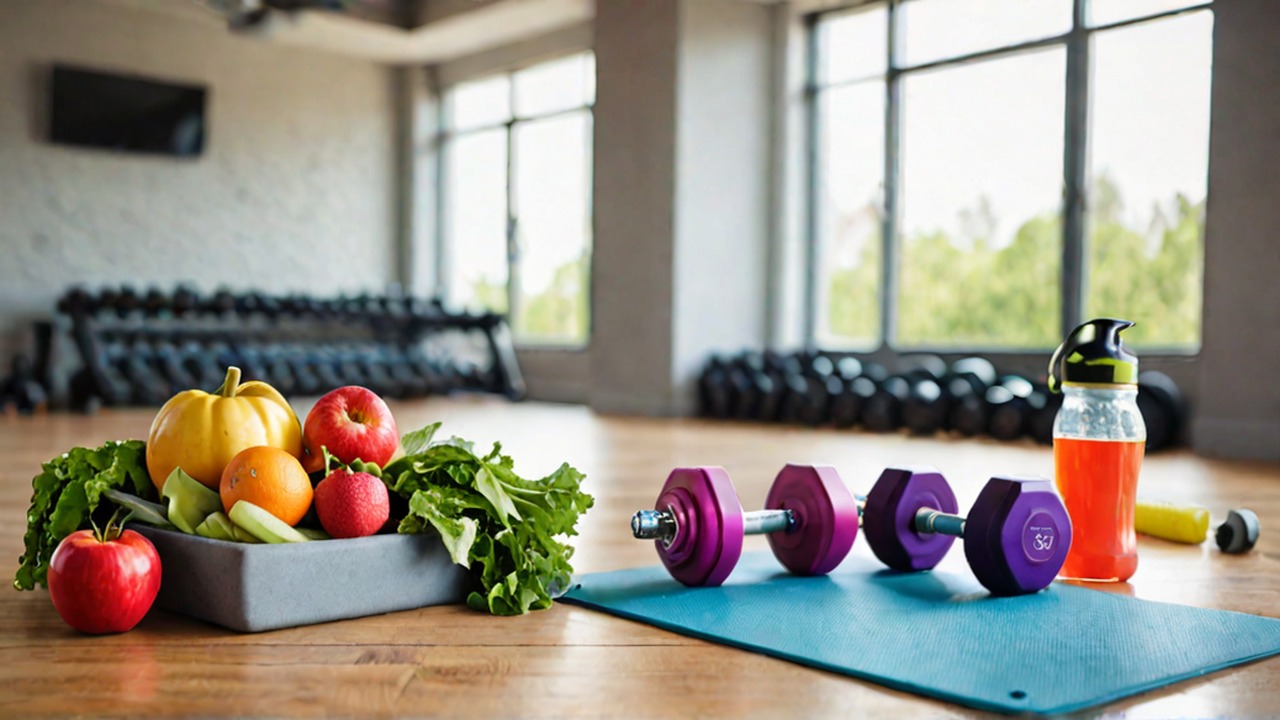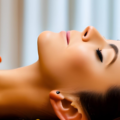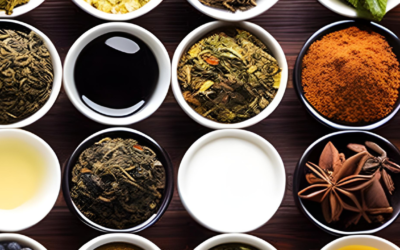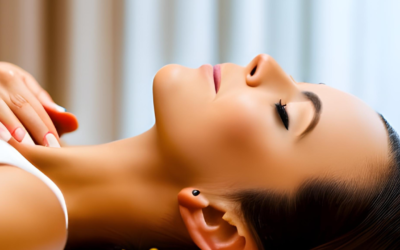The Secret to a Vibrant Old Age? Strengthening Your Muscles!

Living a full life as you get older? It’s possible! Muscle growth starts now.
Imagine chasing after your grandkids or carrying groceries with ease. For many seniors, this isn’t just a dream—it’s a reality achieved through regular, age-appropriate exercise.
Think of the impact: regular strength training can dramatically increase a senior’s independence and quality of life. This will improve their outlook and brighten their day; it’s a mood enhancer!
But before you get moving, be sure to check in with your healthcare provider for personalized advice on starting an exercise program.
Why Muscle Strength Matters as You Age
Understanding Sarcopenia: The Muscle-Loss Culprit
As we age, we naturally lose muscle mass—a condition known as sarcopenia. Falls and frailty become bigger risks as everyday activities get tougher.
Building muscle mass after 60 becomes crucial to combat these effects.
The good news? With consistent strength training and proper nutrition, you can slow or even reverse some of these effects.
In fact, many wonder, “Can you build muscle after 60?” It is possible!
Exercise as a Lifelong Anti-Aging Tool
Physical activity isn’t just about aesthetics; it plays a crucial role in preserving physical and mental function.
Better balance, improved posture, increased flexibility—these are just a few of the physical benefits of exercise.
You’ll experience a noticeable increase in both your cognitive abilities and emotional well-being; it’s a win-win! The best way to build muscle after 60 is through a combination of strength training and proper nutrition.
Preventing Chronic Disease
Regular physical activity helps reduce the risk of several chronic diseases, including heart disease, stroke, type 2 diabetes, and certain cancers.
Healthy aging includes strength training; it helps build strong bones and a better immune system.
Key Physical Benefits for Older Adults
Strength and Mobility
- Strength training can increase muscle strength by some good level or more in adults over 50, enhancing mobility and independence. Weight training for seniors is particularly effective for this purpose.
- Working those muscles with resistance training. Better posture and fewer injuries are benefits of healthy muscles. Think about the long-term advantages—less pain and improved physical function. Weight lifting for seniors can be tailored to individual abilities and goals.
Balance and Function
- Improved balance reduces fall risk, a leading cause of injury among seniors. Staying independent means doing exercises to prevent falls.
- Daily tasks become easier with functional strength. Imagine how much simpler climbing stairs or lifting heavy bags will be!
Bone Density and Heart Health
- Weight-bearing exercises strengthen bones and reduce the risk of osteoporosis.
- Aerobic workouts help your heart, control cholesterol, and increase both your energy and how long you can work out.
For example, running, swimming, or cycling all provide these benefits.
Emotional and Cognitive Benefits
Boosting Mood and Mental Health
Exercise helps regulate mood, reduce symptoms of depression and anxiety, and promote emotional well-being through endorphin release.
Cognitive Sharpness
Regular movement supports brain function and may reduce the risk of cognitive decline, including conditions like dementia.
Social and Lifestyle Perks
Group fitness classes or walking clubs can provide social interaction, reducing isolation and improving motivation.
Types of Senior-Friendly Exercises
- Strength Training
- Resistance bands, light dumbbells, or bodyweight exercises like chair squats are excellent for senior strength training.
- Aim for 2-3 sessions per week, working major muscle groups and focusing on progressive overload.
- Aerobic Activity
- Brisk walking, swimming, or cycling can improve endurance.
- Target 150 minutes of moderate activity per week.
- Flexibility and Balance
- Improved flexibility and a lower risk of falling are benefits of yoga and Tai Chi.
- Heel-to-toe walks and balance exercises? Yep, those improve coordination.
- Low-Impact Options
- Chair yoga and water aerobics are joint-friendly and still effective for building muscle tone.
- Everyday Movement
- Gardening, housework, or walking to nearby errands all count toward staying active and maintaining muscle mass.
Practical Tips for Success
Start Smart
- Begin with low-intensity exercises.
- Use good form to avoid injury and really work your muscles.
Create a Plan
- Use SMART goals (Specific, Measurable, Achievable, Relevant, Time-bound) to design your exercise program.
- Schedule exercise into your daily routine.
Stay Motivated
- Exercise with friends or in group settings.
- Shake things up! Keep your routine exciting and tough.
Focus on Recovery
- Prioritize hydration, rest, and gentle recovery like stretching or massage.
- Include adequate sleep and balanced nutrition to support muscle growth. Proper protein intake is crucial for building muscle after 60.
Overcoming Barriers
Health Concerns
- Modify exercises for conditions like arthritis or balance issues.
- Always consult healthcare professionals before starting a new exercise program.
Financial and Access Issues
- Many community centers offer free or low-cost programs for strengthening exercises for seniors.
- Weight training for women over 50? Check out the many guided workout videos and apps available online!
Psychological Roadblocks
- Dispel myths: It’s never too late to start building strength. You can build muscle after 60, 70, and beyond!
- Gain confidence as you hit those strength training targets!
Building a Routine That Sticks
- Assessment: Consult a doctor or physiotherapist to determine the best exercises for building muscle after 60.
- Personalization: Choose enjoyable and sustainable activities that align with your goals.
- Progression: Start small and gradually build intensity, following the principle of progressive overload.
- Support: Seek encouragement through social or professional networks.
- Adaptation: Adjust routines based on how your body feels, balancing exercise with proper rest and recovery.
Final Thoughts
Aging doesn’t have to mean slowing down. A vibrant, self-sufficient life in your golden years? It’s possible! Working out, good friends, and healthy habits—that’s the winning combination.
Muscle strength isn’t only about the gym; it’s about feeling better, living better. Get ready for a boost in energy, improved sleep quality, and a generally more optimistic perspective.
Whether you’re looking to build muscle after 60 as a female or male, the principles remain the same: consistency, proper nutrition, and a well-designed exercise program.
Onward we go, towards a better future!
RELATED POSTS
Exploring Unique and Intriguing Varieties of Black Tea
Explore the rich world of black tea—from Assam to Darjeeling, brewing tips, health benefits, and cultural traditions, one cup at a time.
Discover the Best Natural Remedies for Anxiety and How to Lower Stress
Discover natural remedies and simple ways to reduce anxiety and stress for a calmer, healthier mind and improved well-being.
30 Easy Healthy Meal Ideas for Breakfast, Lunch & Dinner
Discover 30 healthy meal ideas for breakfast, lunch, and dinner. Get easy, balanced recipes to boost energy, support weight loss, and improve overall health.
FOLLOW DISCOVERY BLOGGER









0 Comments